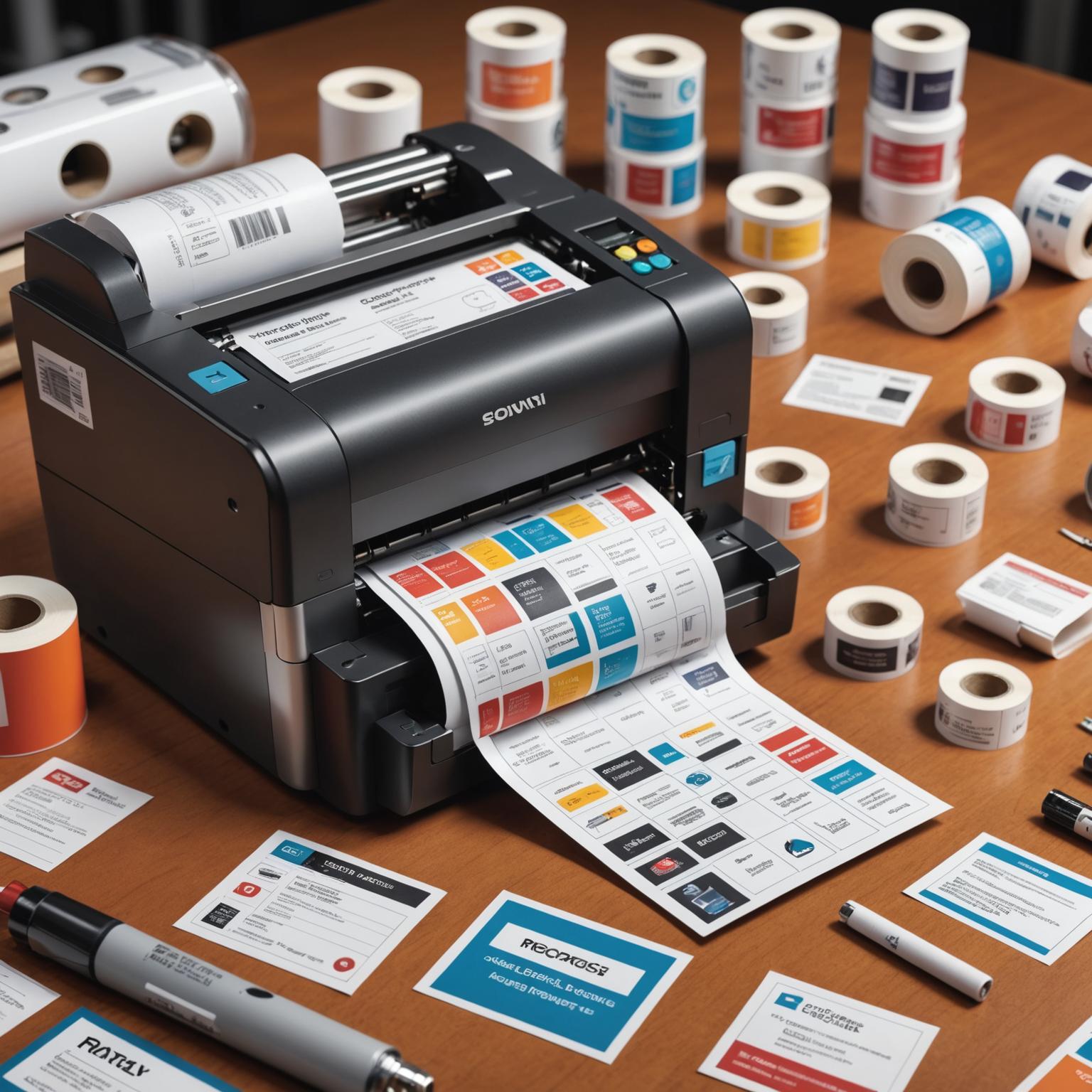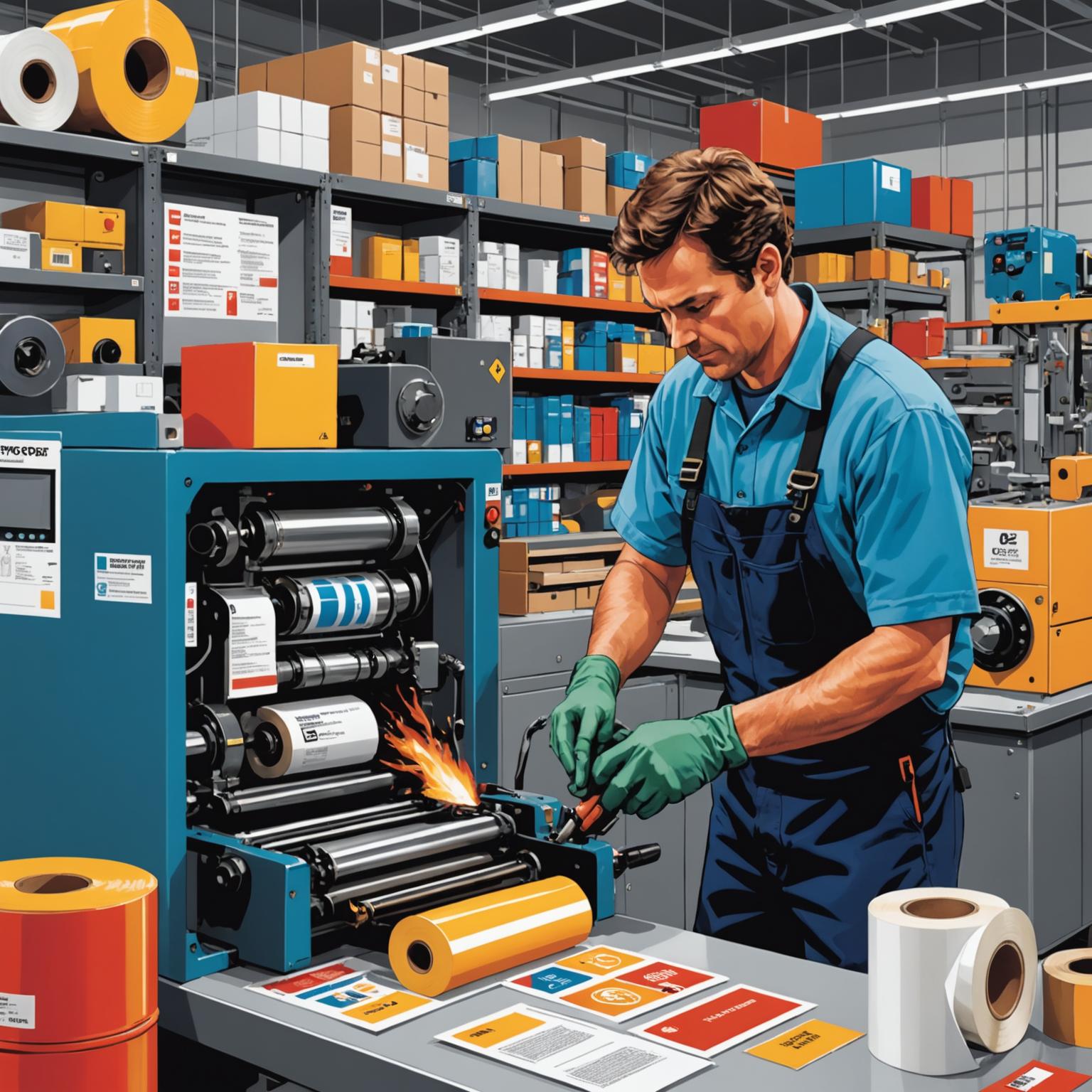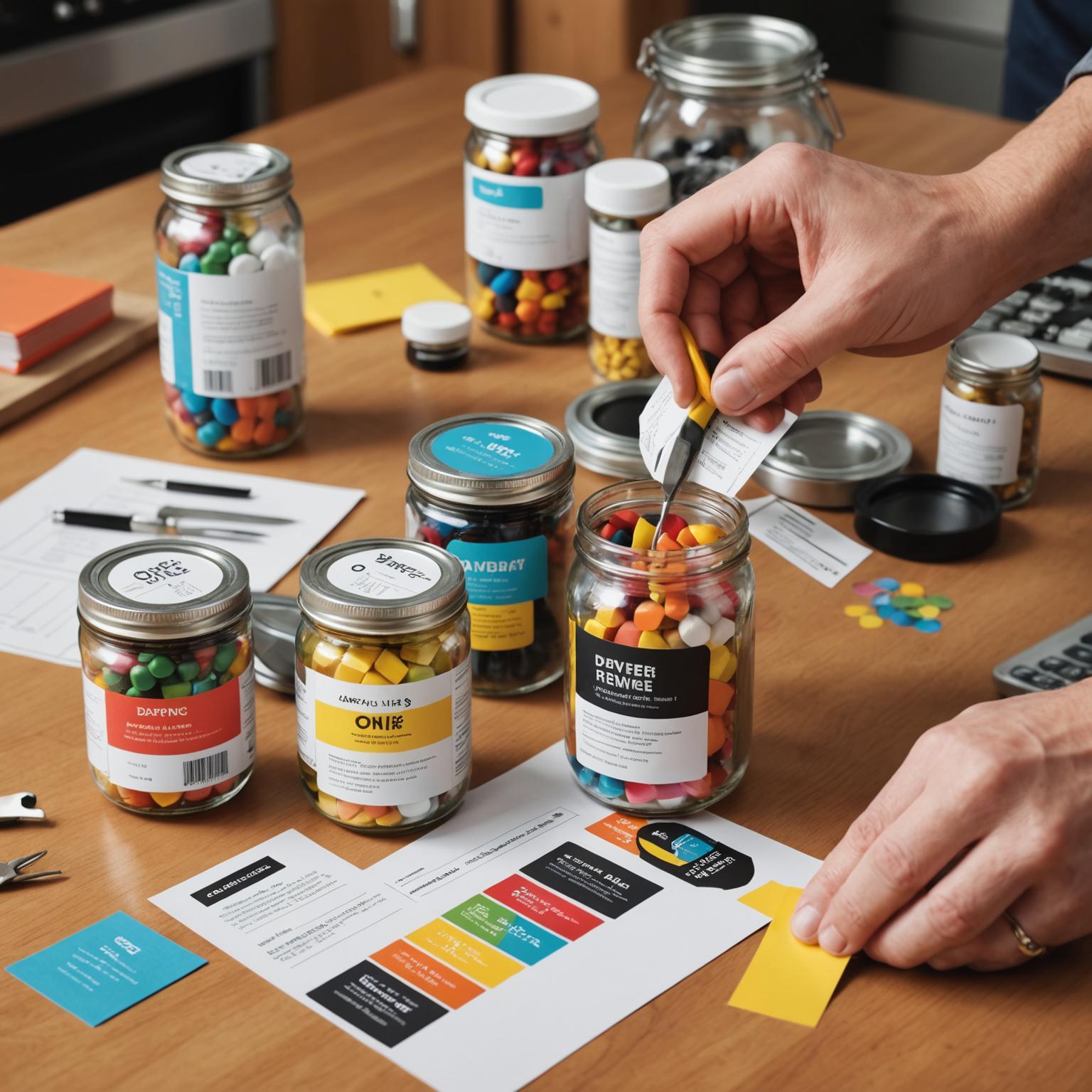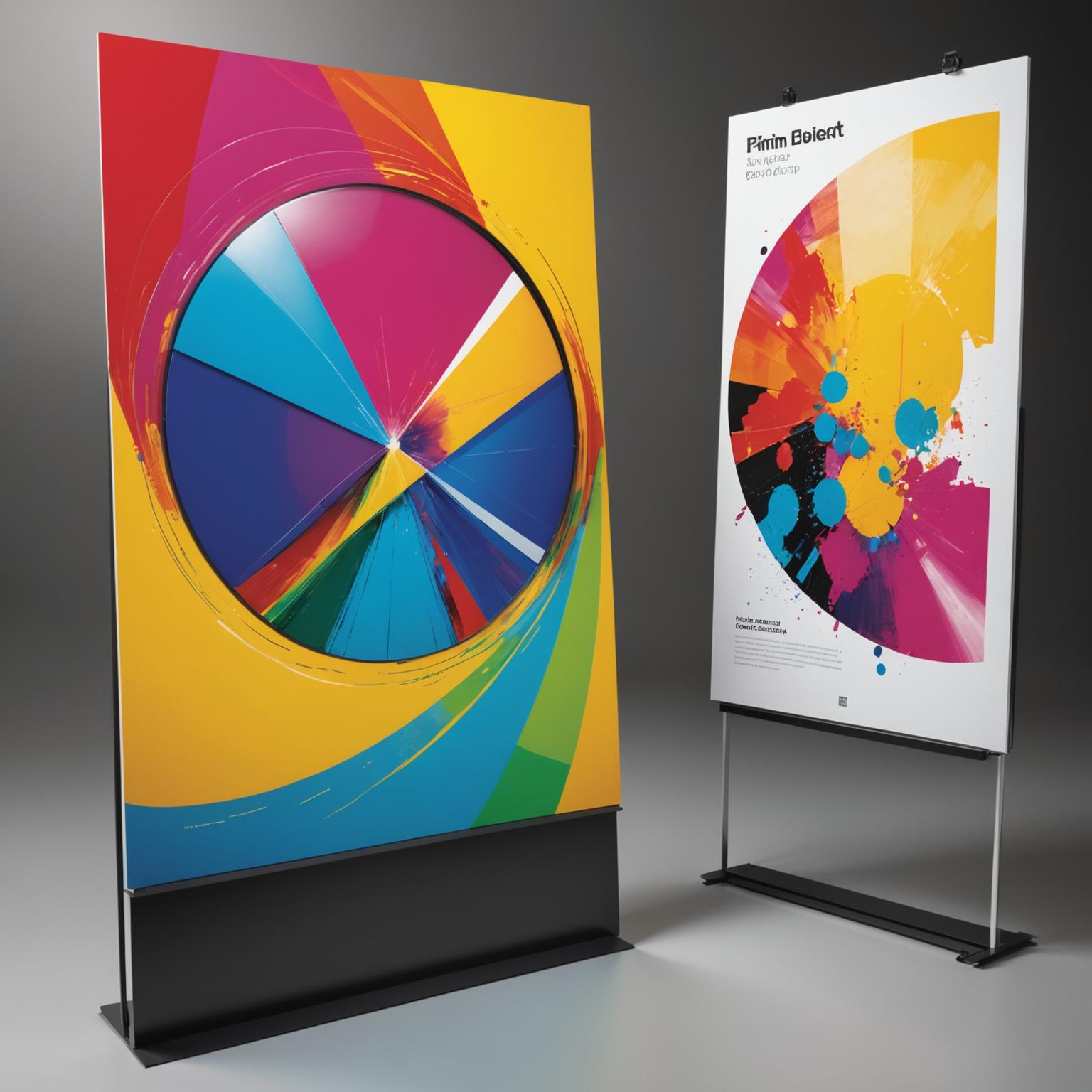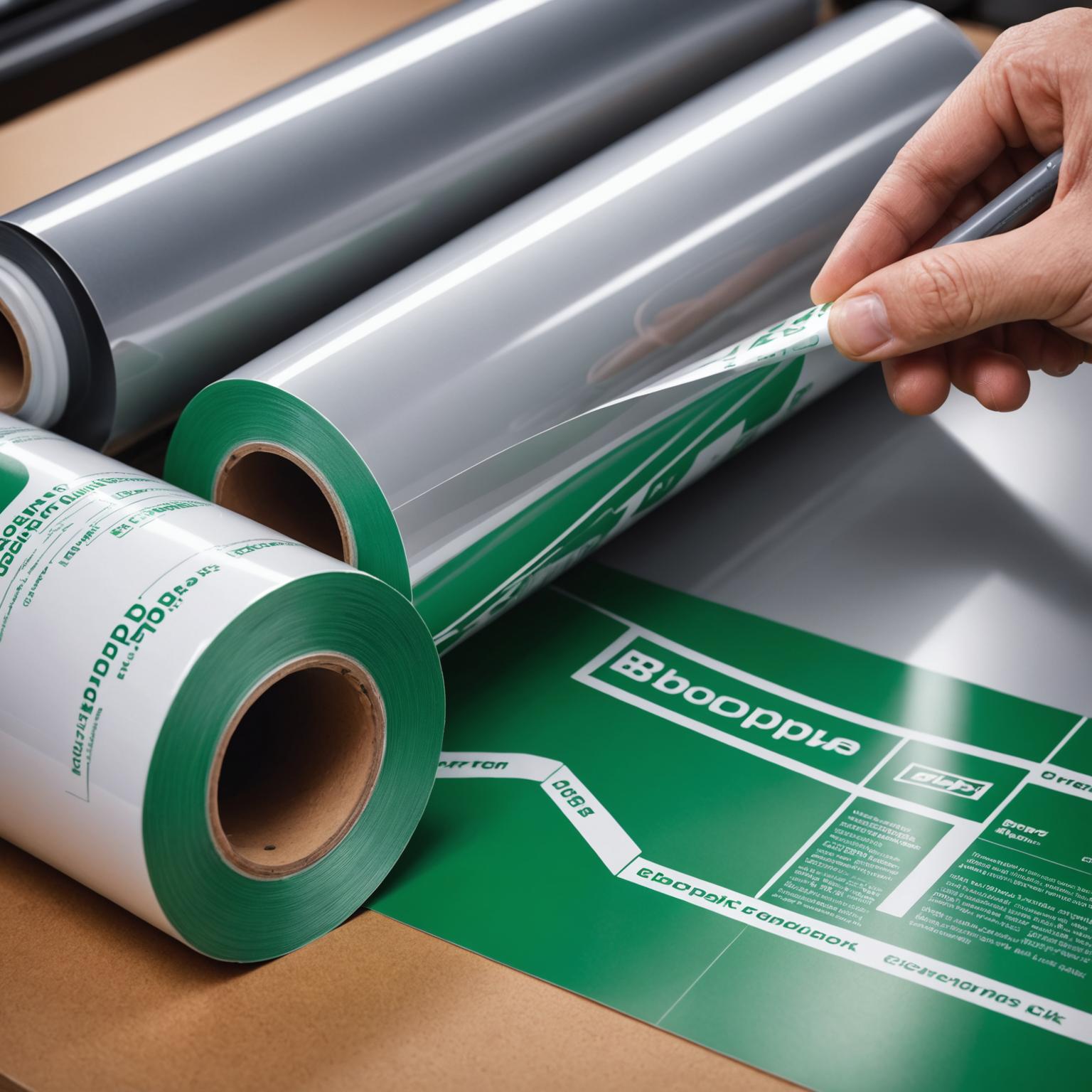In the world of printing and packaging, the final touch can make all the difference, transforming a simple piece of paper into a durable and visually stunning product. One of the most sought-after materials for achieving this transformation is the versatile bopp lamination film. This incredible material offers a crystal-clear layer of protection that not only guards against scuffs, moisture, and fading but also dramatically enhances the vibrancy and depth of the colors beneath it. It’s the secret behind the professional, high-quality feel of everything from premium book covers to elegant marketing brochures, providing a finish that is both tactilely pleasing and aesthetically brilliant.
Diving Deeper: The Science Behind BOPP Film
The term BOPP stands for Biaxially-Oriented Polypropylene, a name that describes the fascinating manufacturing process that gives this material its unique characteristics. During production, a polypropylene sheet is stretched in two different directions—the machine direction and the transverse direction. This biaxial orientation aligns the polymer molecules, resulting in a BOPP film that posseases exceptional strength, remarkable stiffness, and unwavering clarity. Unlike other plastics, this process makes it highly resistant to tearing and provides excellent dimensional stability, meaning it won't shrink or wrinkle easily with changes in temperature or humidity. This inherent durability, combined with its resistance to oils and chemicals, makes it an ideal protective layer for a vast array of printed goods.
The Transformative Power of BOPP Lamination Film
The application of a bopp lamination film is a process that elevates printed media from ordinary to extraordinary. Typically applied using heat and pressure, the film’s adhesive layer bonds seamlessly to the surface of the paper or cardstock. The result is a unified product that feels substantial and looks professionally finished. The beauty of this process lies in its variety. A gloss lamination creates a high-impact, reflective surface that makes colors pop with an almost liquid-like vibrancy. Conversely, a matte lamination offers a sophisticated, non-glare finish that is soft to the touch and exudes an air of understated elegance. There are even specialty finishes like silk or satin that provide a unique tactile experience, falling somewhere between the lustrous shine of gloss and the muted softness of matte.
Where You'll Find BOPP Lamination in Action
Once you know what to look for, you’ll start seeing the impact of bopp lamination film everywhere. Pick up a modern paperback book, and the durable, yet flexible, cover is likely laminated. Peruse a restaurant menu, and the lamination is what protects it from spills and constant handling, keeping it looking fresh and clean. This technology is a cornerstone of the packaging industry, used on boxes for luxury goods, electronics, and cosmetics to create a premium feel while protecting the printed design during shipping and on the shelf. Business cards, presentation folders, postcards, and retail hang-tags all benefit from the enhanced durability and professional appearance that a high-quality BOPP film provides, ensuring they make a lasting and positive impression.
The Clear Choice for Protection and Appeal
Ultimately, the choice to use lamination is a choice for longevity and superior aesthetics. It serves a dual purpose with unmatched effectiveness: protecting the printed surface from the rigors of daily use while simultaneously boosting its visual appeal. The strength, clarity, and versatility of the material have made it an indispensable tool for printers, designers, and marketers who want to deliver a final product that not only communicates a message but also reflects quality and care. From a vibrant, glossy magazine cover to a soft, matte business card, this unassuming layer plays a critical role in how we perceive and interact with the printed world around us.



